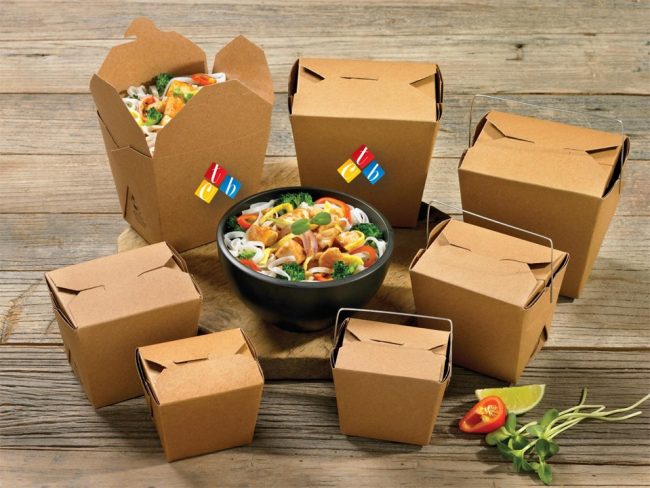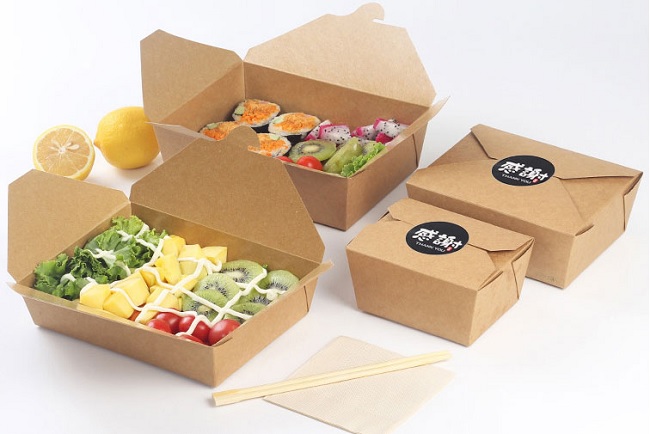What Material is Used For Food Packaging?
Food comes in all shapes and sizes these days, from Kinder eggs to even square-shaped watermelons! They have it, and it’s all fine and dandy until it is safe and fresh but how do we know if the food we are putting in our mouth was good enough to eat? Food packaging plays a vital role in preserving food and ensuring it is safe and consumable.

Be it jars of jam, a bag of crisps or take away meals, food packaging is key in preserving the freshness of the quality inside. With that being said, there are several things to look after to preserve the quality of the food, and we are here to let you know those secrets.
Aluminum Cans
As hard as the packaging might come across, there can always be a chance of leakage. Products go through a lot of tampering and wear and tear in the delivery process. Sometimes, there will be some tossing and turning, and if the containers contain liquid ingredients, there is bound to be some leakage in at least one out of ten items. Once the seal is broken, the food is no longer worth buying.
There is a huge chance of the food going stale, and when it comes to edible products, there is no wiggle room at all for a business to let things slide a little easy. Canned foods are especially susceptible to leakage as it has been noted rather too often of companies using low-quality aluminum cans that start corroding on the inside caused by the acidic properties of things like tomato paste and fruits.
A business compromising on the seal and the quality of its packaging especially when it has to do with edibles is bound to be shut down and perhaps even sued. There is no other way out to the dilemma than to opt for the most superior grade of aluminum and checking and rechecking for leakages and damage.
This not all. A business has to develop packaging that is relevant to the product's lifespan and its consistency. Sometimes, the containers of the canned food start corroding even before they can reach its expiry. Investing a little more money and effort is what it take to ensure complete food safety, especially when it comes to the packaging.
Paper and Cardboard
Paper is used rather widely in the food industry for the packaging of food materials. Parchment paper and biodegradable Kraft paper are a go-to for food companies. This is because paper can be folded into just about any shape and size, so the popularity is rather obvious. Corrugated boxes are another top choice for things like pizza and fast food.
The carton boards are used more often to package things like dry and frozen foods like nuggets, sausages, shrimps, etc. The corrugated boxes are a safe choice in many ways. The paper is found to be the safest choice when it comes to food safety. It has countless benefits over plastic and aluminum that way. The fact that aluminum used these days is only appealing to the eye with low quality lurking on the inside that corrodes away, mixes in, and even reacts with the food is a recipe for disaster.

This can be life-threatening to the consumer. It is not just something that spoils the food-giving rise to food poisoning but is also on the spectrum of lead poisoning, which has taken lives. Things like plastic do the job, but even that has been criticized in many aspects.
Plastic is not just secondary in quality to paper and even aluminum, plastic containers cause cancers in the body and have been known to promote cancerous cells. This has earned plastic a bad rep and has been boycotted at large by consumers and businesses. The fact that plastic is non-biodegradable and takes up thousands and thousands of years to dissolve has earned its rejection by many industries.
Businesses are moving towards cardboard and paper to satisfy the trend. Paper is rather a friendlier option. The natural fibers of cellulose are not just biodegradable; they are effective in preserving the earth's environment since it is made out of recycled paper that is far more biodegradable and eco-friendly.
The paper is then processed in a way; it is resilient enough to secure the goodness inside along with ensuring the consumer the food they are putting in their mouth is free from anything cancerous and lead like. The processes yield different scales of resilience and durability.
Nonetheless, this does not mean the paper is free at 0% from anything unnatural. The additives used in the process are what cause the various grades of durability. The modifying agents include pigments and softeners that are added to increase the strength of the paper and to give the desired visual appeal. The paper is then further processed with defoamers and certain chemicals like biocide and more to bring it to the final form that we see in the supermarket shelves and freezers.
Polystyrene
Commonly known as Styrofoam, the white containers are made out of polystyrene. Polystyrene is heated to a liquid form and shaped in molds. The containers serve a high grade of thermal insulation. Polystyrene is commonly used in the takeaway industry, particularly common with "coffee on the go" and plenty of other delicacies like ice cream and Chinese food.

Restaurants are known to pack up whatever is remaining on the plate of the consumer to take back home. The foam does show a notable grade of insulation, but the downside of the material is that it melts into the food rather too quickly and that is something very alarming in terms of food safety. Polystyrene is, in fact, a kind of a plastic that melts far too quickly, times faster than regular plastic used in making food containers.
There is speculation in particular on the container being microwaveable or not. The foam is a form of carcinogen, which poses a health risk to workers exposed to it during the manufacturing processes.

Excellent Article On Packaging
Investigators have unveiled a plethora of dangers in commonly accepted practices. This clarifies nicely - slc